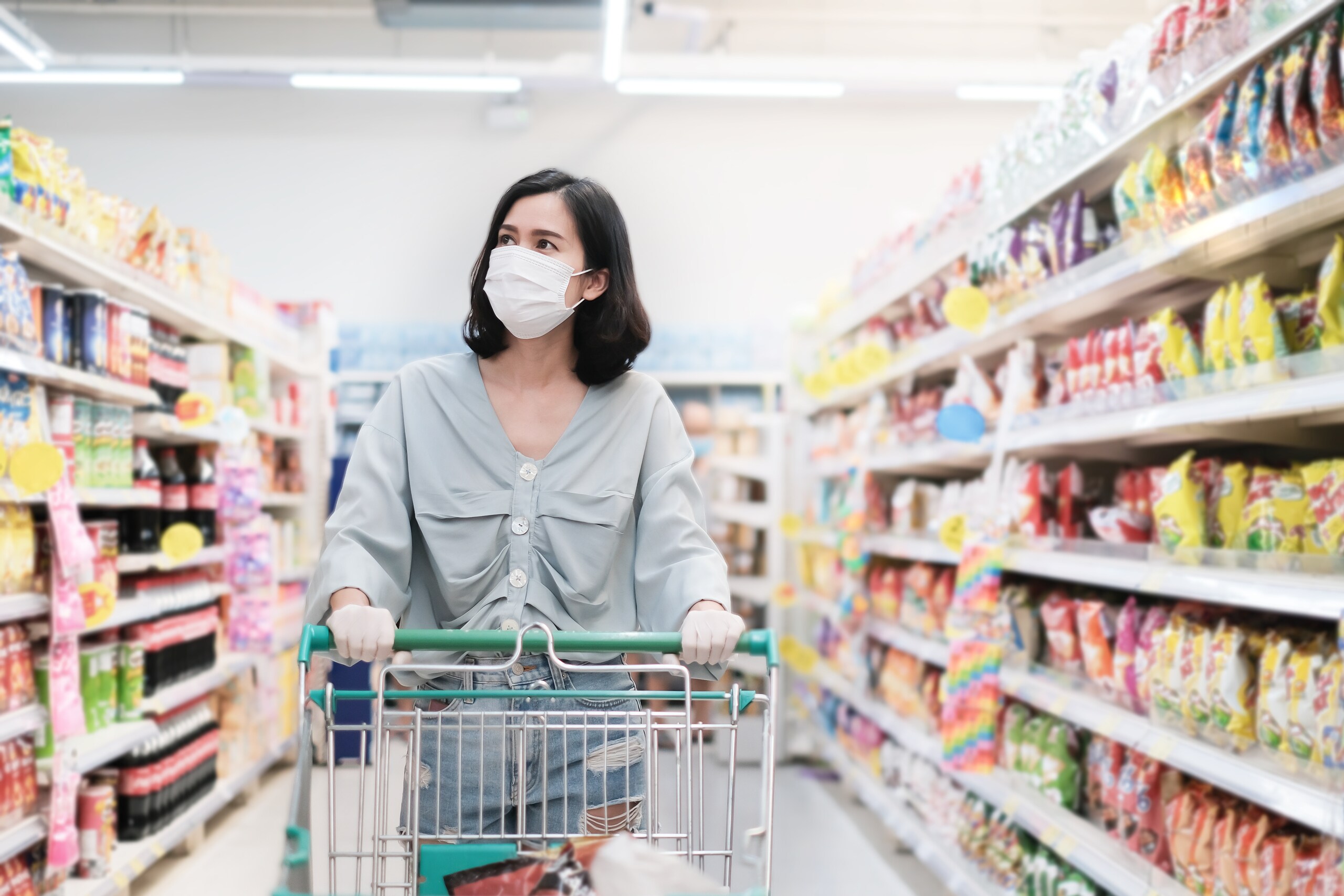Article
The impact of reopening non-essential retail for grocery retailers

As retail moves to full reopening, grocery retailers will need systems to help them to manage environments that have changed forever.
There is disagreement as to what grocery retailing will look like once the rest of retail reopens. Some say everything will go back to normal, while others say there can never be return to pre-March 2020. The problem lies with the word normal, which is why we have coined the phrase new normal, and on that, there is even greater disagreement. So, what can we reasonably say about grocery retail that is likely to become permanent?
First of all, a whole new demographic tried home delivery and click and collect for the very first time and found that they liked it. Having got used to doing it, not all will go back to store. 23% of over-55 year old Waitrose shoppers are now regular online shoppers compared to 8% in 2019, while Waitrose added that more than three quarters of people in the UK now do at least some online grocery shopping.
One statistic from Nielsen showed 8.5m households, or 30% of all households, shopped for their Christmas groceries online, an increase from 5.7m households over the Christmas period in 2019. The sheer size of the increase suggests that it will not all return to 2019 levels.
For non-food, it was assumed that supermarkets had an advantage over their non-essential rivals during lockdown. UK letting agents, Knight Franksaid in September 2020 after the lockdown that while non-food finally returned to positive growth, driven by home-orientated categories such as furniture, homewares and computing, supermarkets’ growth was almost all down to food sales. There is therefore no real evidence that their non-food offer will be a factor in post-pandemic shopper behaviour.
In terms of store traffic, the pandemic led to a dramatic decrease in footfall to grocery stores and pharmacies in the country, including hypermarkets, markets and specialist food shops. However, overall sales, including online, went up, with grocers reporting higher turnover, despite their profits being depressed by higher operational costs.
In looking at all these figures, it is impossible to predict how consumers will behave when all retail opens and then longer term. What this means for grocers, is that they will need to be agile in their response. They can take great credit for responding quickly to the situation, by hiring staff, redesigning the store journey, adding health and safety equipment and processes, and communicating openly with their customers, now they are exploring new formats which will accelerate post pandemic.
Some are trying to replace the increasingly defunct department store with new concessions. It is becoming more common to see food service being added to supermarkets, not just the traditional in-store café but branded outlets such as Starbucks. Asda is trialling partnerships with the likes of Greggs, Claire’s and the Entertainer. This enables supermarkets to move beyond transactional to customer experience retailing and may even include longer-stay retail hospitality and services such as nail bars and beauty salons. Sainsbury’s by contrast, which acquired Argos in 2016, is removing 500 roles at head office and its TU clothing division in order to focus on its new ‘food first’ agenda.
This proliferation of retail types makes dependence on traffic counting and occupancy systems even more urgent if retailers are to manage the store safely and profitably for all customers and all journeys.
Post-pandemic consumers will also continue to want to feel safe in a supermarket, so traffic insights need to be used to dictate staff scheduling, task management, customer assistance, signage, product assortment, promotions and management of on line orders.
Many consumers will continue to wear masks and will expect supermarkets to ensure all customers are protected. Automatic mask detection systems enable retailers to act on non-compliance immediately and in the most appropriate way without adding stress.
Counting can then be enhanced using video and AI-enabled analytics to understand who is in the store by age, gender and sentiment, valuable insight that influences almost every aspect of the store. This insight is key to enabling retailers to be agile in the face of divergent customer behaviour types that emerged during the pandemic.
This divergent behaviour inevitably includes theft so retailers will want to ensure that they contain shrink by having accurate and connected loss prevention & liability systems. Cross-solution data, managed through cloud-based services, will provide key insights including on organised crime and system downtime.
Grocery retailing remains as competitive as ever and is set to intensify as retailers look to regain profits and go for market share. The winners will be those who can convert insight to action the quickest and do that calmly and systematically. Being able to respond continuously to market conditions is all.

